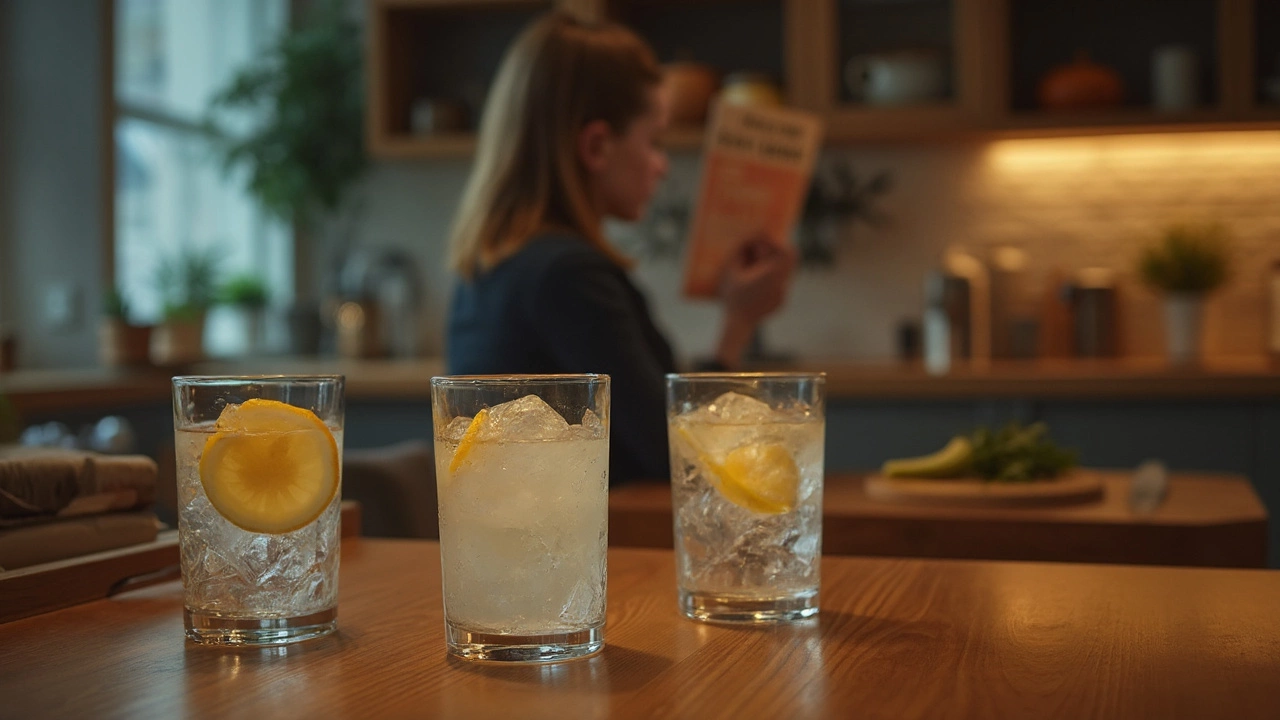Gin Intake: How Much Can You Safely Enjoy?
If you love gin, you’ll want to know the sweet spot where taste meets safety. The simple answer: treat gin like any other spirit. One standard drink equals about 25ml (or a single shot) of 40% ABV gin. Most health guidelines suggest no more than two such drinks a day for men and one for women. That’s the baseline, but real life adds a few twists.
Why do the limits differ? Your weight, age, sex, and whether you’ve eaten all play a part. A heavier person can usually handle a bit more gin before feeling the buzz. Eating food slows absorption, so a gin on an empty stomach hits harder and faster. Keep those factors in mind when you pour your next gin‑tonic.
Understanding Your Body’s Reaction
When you sip gin, alcohol enters your bloodstream and your liver starts breaking it down. The liver can process roughly one standard drink per hour. Anything faster piles up, leading to intoxication, slurred speech, or worse. Notice the signs: warm feeling, reduced coordination, and a louder voice. If you feel any of these, it’s a cue to pause.
Regular heavy drinking can raise your blood pressure, mess with sleep, and increase long‑term health risks. On the flip side, a modest gin habit—especially with mixers like tonic water that contain quinine—won’t usually cause serious problems for healthy adults. Moderation is the magic word.
Tips to Keep Your Gin Intake Safe
1. Measure your pours. Use a jigger or a shot glass. It’s easy to over‑pour when you’re in a hurry.
2. Space out drinks. Aim for at least an hour between each gin. Water in between helps you stay hydrated and slows the alcohol rise.
3. Eat before you drink. A snack, cheese, or a small meal gives your stomach something to work on and softens the buzz.
4. Know your limits. If two shots feel too strong, cut back. Everyone’s tolerance curve is different.
5. Pick lower‑ABV gins. Some craft gins sit at 37% instead of 40%. The math works the same, but you get a milder effect.
6. Watch the mixers. Sweet sodas add extra calories and sugar. A classic gin‑tonic with a splash of lime stays light and refreshing.
7. Plan a safe ride home. Even if you think you’re fine, alcohol can sneak up on you. Designate a driver or use a ride‑share service.
Remember, the goal isn’t to eliminate fun—it’s to enjoy gin without paying a health price later. By measuring, pacing, and listening to your body, you’ll keep your gin intake in the happy zone.
Next time you reach for that bottle, think about the numbers, the food on your plate, and the time between sips. A conscious approach means better taste, clearer mornings, and fewer regrets.
Wondering if 3 gins a night is too much? Get the facts, real health info, stats, and tips on drinking habits and limits. Your body and mind might thank you.
View Details

